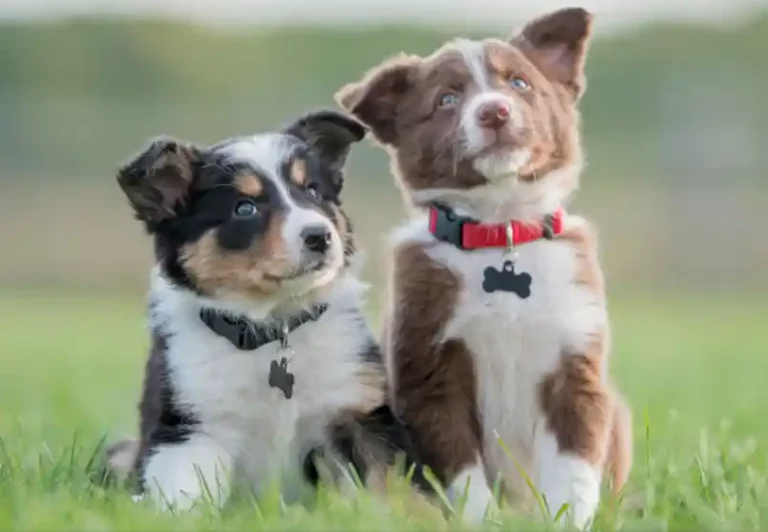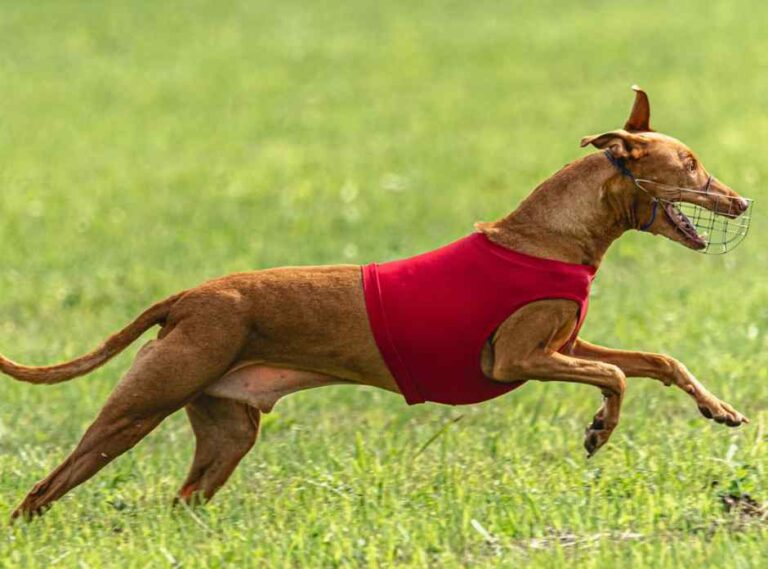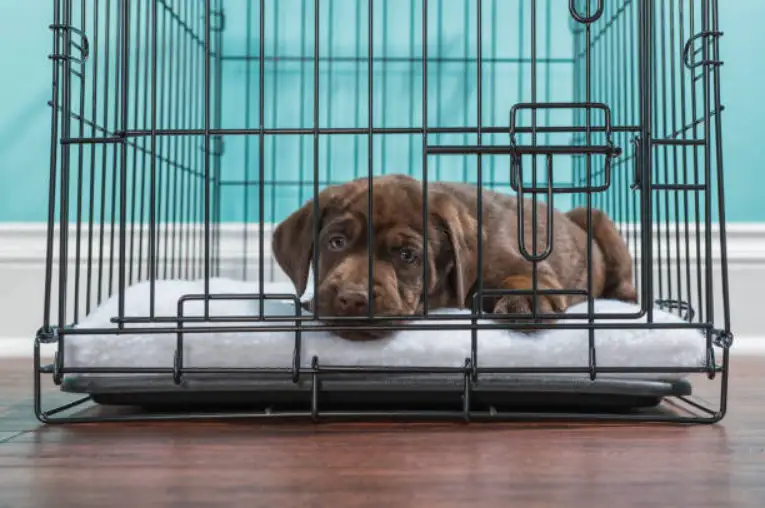Will My Dog Come Back If I Let Him Outside? [5 Tips to train]
As a dog owner, you may have asked yourself this question more than once. It’s natural to worry about your dog’s safety and security when they are outside, especially if you live in a busy area or near a main road.
Here is the quick answer,
Will My Dog Come Back If I Let Him Outside? Yes. Most of the time, dogs return to their owner after a few minutes. Nothing to worry about; They can find their home location using their instincts. The dog’s behavior, training, and outside environment may depend on the return time.
![Will My Dog Come Back If I Let Him Outside? [5 Tips to train] 1 Will My Dog Come Back If I Let Him Outside](https://www.puppiesdiary.com/wp-content/uploads/2023/04/Will-My-Dog-Come-Back-If-I-Let-Him-Outside-1024x635.webp)
In this article, I’ll help you to understand your dog’s behavior, the factors affecting their likelihood of returning, and how to train them to come when called.
I’ll also provide tips for responsible dog ownership and what to do if your dog doesn’t come back.
Table of Contents
- Understanding Your Dog’s Behavior
- Factors That Affect a Dog’s Likelihood to Come Back
- Training Your Dog to Come Back When Called
- Tools to Help Keep Your Dog Safe When Outside
- The Importance of Micro-chipping and ID Tags
- What to Do If Your Dog Doesn’t Come Back
- Common Misconceptions About Letting Your Dog Outside
- Tips for Responsible Dog Ownership
- Resources for Further Information and Support
- Conclusion
Understanding Your Dog’s Behavior
Dogs are social animals that thrive on attention and affection. They also have strong instincts that drive their behavior, such as hunting, exploring, and marking their territory.
When dogs are outside, they are exposed to a variety of stimuli that can trigger these instincts and behaviors, making it difficult to predict their actions.
Some dogs are more independent and adventurous than others, affecting their likelihood of returning when called.
If your dog is a breed originally bred for hunting or herding, it may have a stronger prey drive and be more likely to chase after animals or explore its surroundings. Other factors that can affect your dog’s behavior include their age, health, and training.
Factors That Affect a Dog’s Likelihood to Come Back
There are several factors that can affect whether your dog will come back when called, including their level of training, the environment they’re in, and the presence of distractions.
If your dog is well-trained and responds to commands consistently, they’re more likely to come back when called. However, if they’re not used to being outside or have not been trained to come when called, they may be more hesitant or distracted.
The environment your dog is in can also affect their behavior. If they are in an unfamiliar area, they may be more cautious or curious, which can make them less likely to come back when called.
Similarly, if there are a lot of distractions around, such as other animals or people, your dog may be more focused on exploring or socializing than coming back to you.
Training Your Dog to Come Back When Called
Training your dog to come when called is one of the most important things you can do to keep them safe when outside. It’s important to start training your dog as early as possible and to use positive reinforcement techniques, such as treats and praise, to encourage good behavior.
![Will My Dog Come Back If I Let Him Outside? [5 Tips to train] 2 Training Your Dog to Come Back When Called](https://www.puppiesdiary.com/wp-content/uploads/2023/04/Training-Your-Dog-to-Come-Back-When-Called.webp)
To train your dog to come when called, start by using a command word, such as “come” or “here,” and rewarding them when they respond.
You can also use a long line or leash to help guide them back to you. Gradually increase the distance between you and your dog and practice in different environments, such as in the backyard, at the park, or on a hike.
It’s essential to be patient and consistent with your training and to avoid punishing your dog or using negative reinforcement techniques. You can also work with a professional dog trainer to help improve your dog’s recall skills.
Tools to Help Keep Your Dog Safe When Outside
There are several tools and accessories that can help keep your dog safe when outside, including:
- A secure fence or enclosure:
This can prevent your dog from wandering too far and keep them safe from traffic and other hazards.
- A GPS tracker:
This can help locate your dog if they wander off or gets lost.
- A reflective collar or vest:
This can make your dog more visible at night or in low-light conditions.
- A whistle or clicker:
This can be used to get your dog’s attention and signal them to come back to you.
The Importance of Micro-chipping and ID Tags
Even with the best training and tools, there is always a chance that your dog may get lost or separated from you. That’s why it’s essential to make sure your dog is micro-chipped and wearing an ID tag with your contact information.
Micro-chipping involves implanting a tiny chip under your dog’s skin, which contains a unique identification number that can be used to locate you as the owner.
Is It Bad That I Can Feel My Dog’s Microchip? [Vet Conclusion]
puppiesdiary
This can be helpful if a shelter or veterinary clinic finds your dog; they can scan the chip and contact you.
An ID tag is also essential because it provides immediate identification and contact information if a member of the public finds your dog.
Make sure your dog’s tag includes your name, phone number, and any other important information, such as their name or medical needs.
What to Do If Your Dog Doesn’t Come Back
Acting quickly and calmly is essential if your dog doesn’t return when called.
Here are some steps you can take:
- Search your immediate area:
Look around your yard or where your dog was last seen.
- Ask neighbors and passersby:
Ask if they’ve seen your dog or if they can keep an eye out for them.
- Contact local shelters and animal control:
Call local shelters and animal control agencies to report your dog missing and provide a description.
- Post on social media:
Share a photo and description of your dog on social media and ask for help from the community.
· Consider hiring a professional pet tracker:
There are professionals who specialize in tracking lost pets and can help locate your dog.
Common Misconceptions About Letting Your Dog Outside
![Will My Dog Come Back If I Let Him Outside? [5 Tips to train] 3 Common Misconceptions About Letting Your Dog Outside](https://www.puppiesdiary.com/wp-content/uploads/2023/04/Common-Misconceptions-About-Letting-Your-Dog-Outside.webp)
There are several common misconceptions about letting your dog outside, including:
1. It’s not safe to let your dog off-leash:
While it’s true that letting your dog off-leash can be risky, it can also be beneficial for their physical and mental health. It’s essential to make sure your dog is well-trained and under your control when off-leash.
2. Dogs should never be left outside unattended:
While it’s important to supervise your dog when outside, it’s also essential to give them opportunities to explore and play on their own. Just make sure they’re in a safe and secure area.
3. All dogs need the same amount of exercise:
Different breeds and individual dogs have different exercise needs. Tailoring your dog’s exercise routine to their age, breed, and health is essential.
Tips for Responsible Dog Ownership
Being a responsible dog owner means taking care of your dog’s physical and emotional needs and being a good neighbor and member of the community.
Here are some tips for responsible dog ownership:
- Provide proper nutrition and healthcare:
Make sure your dog is getting a balanced diet and regular veterinary check-ups.
- Exercise and socialize your dog:
Give your dog plenty of opportunities to exercise, play, and socialize with other dogs and people.
- Train your dog:
Teach your dog basic obedience commands and work on improving their behavior.
- Pick up after your dog:
Always clean up after your dog when they go to the bathroom in public areas.
- Be a good neighbor:
Respect other people’s property and privacy, and keep your dog under control when in public areas.
Resources for Further Information and Support
There are many resources available for dog owners, including:
- Local animal shelters and rescue organizations
- Professional dog trainers
- Online forums and communities
- Books and online resources
If you’re struggling with your dog’s behavior or have questions about responsible dog ownership, don’t hesitate to reach out for help.
Conclusion
In conclusion, the answer to the question “Will my dog come back if I let him outside?” depends on several factors, including your dog’s behavior, training, and environment.
Understanding these factors and taking steps to train and protect your dog can help ensure its safety and security when outside. Remember to be a responsible dog owner and seek help if needed.






